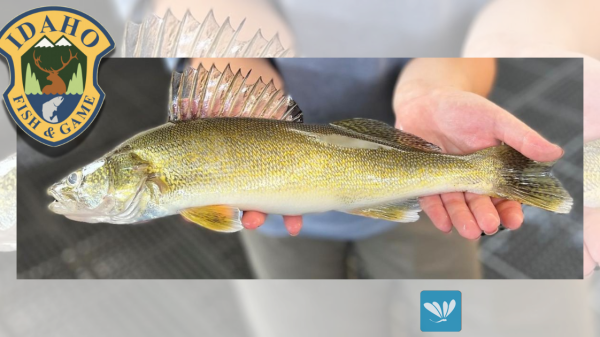OLYMPIA – The Washington Department of Fish and Wildlife (WDFW) announced campfire and other remaining fire restrictions on most Department-managed lands have been lifted, beginning October 14.
“While wildfire risk remains high in some areas, the risk of large fires is low and the state’s capacity to fight fires is good,” said Cynthia Wilkerson, WDFW’s lands division manager. “We know folks are eager to enjoy the outdoors this fall season, and we continue to encourage people to recreate with extreme caution to help prevent wildfires. This includes using alternatives to campfires such as propane stoves for cooking and fully extinguishing any campfires that do occur.”
Campfire restrictions for WDFW’s South Central Region including Benton, Franklin, Yakima, and Kittitas counties will be in place through October 15. A campfire ban remains in place through Oct. 31 at the Columbia Basin Wildlife Area in Adams and Grant counties and at the Klickitat Wildlife Area in Klickitat County due to their drier, more sensitive nature.
WDFW institutes campfire bans in hot summer months to reduce fire risk across the state on Department-managed lands and surrounding public lands and communities. These actions help protect habitat, wildlife, and human health.
Outdoor recreationists are encouraged to check fire restrictions for various public land management agencies before they go, as they can vary. For more information about fires and fire prevention on public lands, visit the Washington State Department of Natural Resources website or the U.S. Forest Service website. For local restrictions, residents should contact their county.
Maps and detailed information about WDFW’s 33 wildlife areas are available on WDFW’s website. More information about Recreate Responsibly is available at recreateresponsibly.org/.
WDFW manages more than a million acres of land and hundreds of water access areas throughout the state. By actively managing lands, restoring habitats, and preserving wild places, the Department serves as stewards for Washington’s natural places, protecting the state’s land and water for its human and wildlife populations.
















